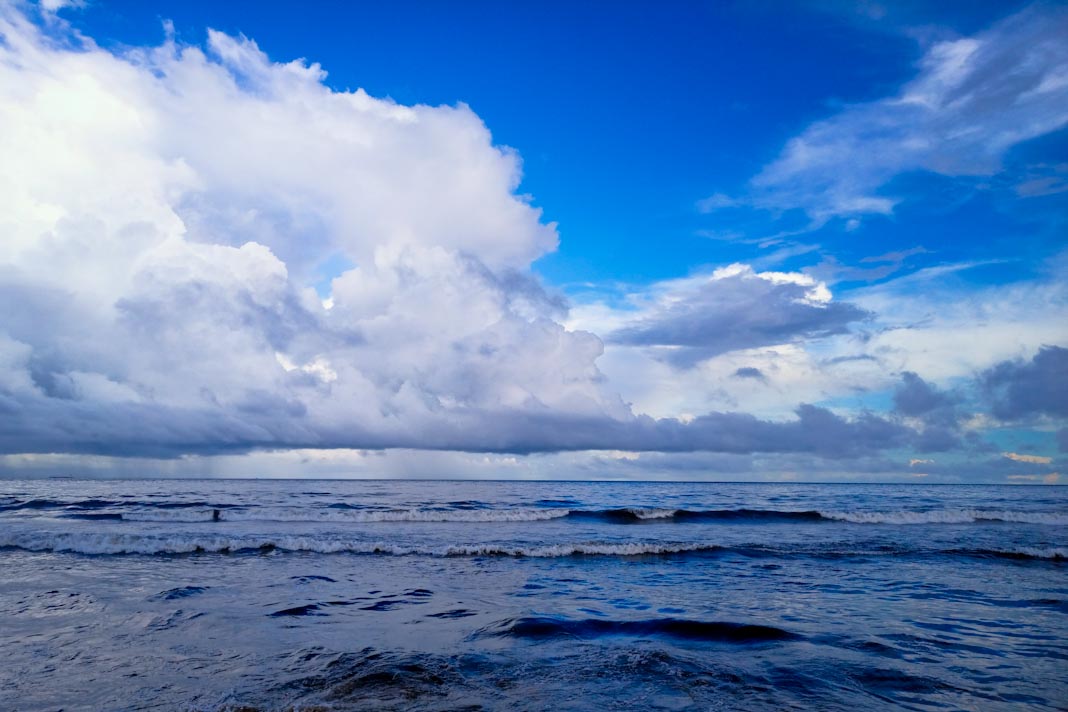
- Key European ports like Rotterdam, Antwerp, and Hamburg are experiencing severe congestion, with container delays lasting up to a week.
- The crisis is driven by Donald Trump’s erratic tariff policy changes, a breakdown in shipping alliances, and low water levels in the River Rhine.
- Terminal operators and logistics firms are scrambling to manage the surge in Asian imports and shifting global trade flows, with no immediate resolution in sight.
Europe’s logistics sector is under intense pressure as erratic tariff policies introduced under former US President Donald Trump have disrupted global trade routes. These sudden changes have forced shipping lines to adjust their networks, leading to bottlenecks at major European ports such as Rotterdam, Antwerp, and Hamburg. The result is extensive congestion, with barges and container vessels experiencing delays lasting several days. Caesar Luikenaar of WEC Lines stated that many ports are operating at full capacity, leaving no room for flexibility, according to AFR.
Barge and Vessel Delays Across Major Ports
Barges are being held up for over 60 hours on average at ports like Antwerp and Rotterdam, where they normally follow tightly scheduled time slots. According to logistics provider Contargo, these delays are severely hampering the smooth transfer of containers from sea vessels to inland destinations. Casper Ellerbaek from DHL noted that although production has not yet been interrupted, the risk of delays impacting manufacturing lines is growing.
Impact on Inland Waterways and Final Deliveries
Low water levels on the River Rhine, caused by a dry spring, have added another layer of difficulty. Barges are now limited in how much cargo they can carry, slowing down inland shipping routes. Van Ommen of Euro-Rijn Group explained that late-arriving sea vessels are causing barges to miss loading windows, creating a chain reaction that leads to late deliveries to end users.
Realignment of Shipping Alliances and Trade Routes
The dissolution of the Maersk-MSC alliance, which previously coordinated much of Europe’s container traffic, has resulted in a significant reshuffling of vessel schedules and terminal usage. This has led to further congestion as carriers switch ports or alter delivery patterns. The influx of Asian goods redirected to Europe due to high US tariffs is only worsening the problem. DHL estimates a 7% annual growth in Asia-to-Europe shipments.
Terminal Operators Under Pressure
Terminal operators, such as ECT in Rotterdam and DP World in Antwerp, are struggling to adapt. While efforts are being made to hire more staff and expand equipment, progress is slow. Mark Rosenberg of DP World said the company is working hard to maintain service and invest in long-term resilience, but many believe the short-term impact will be hard to avoid.
Uncertain Outlook for Recovery
Despite ongoing efforts, many industry insiders are skeptical about a quick resolution. Luikenaar warned that collecting containers from ports like Rotterdam is now taking up to a week, double the normal time. He cautioned that only long-term investment in port capacity and infrastructure will ease the strain. The Port Authority of Antwerp-Bruges acknowledged the prolonged congestion but maintained that operations are still within controlled parameters.
Europe’s logistics network is facing a complex and multifaceted crisis fueled by geopolitical shifts, environmental challenges, and structural realignments within the shipping industry. With terminal operators stretched and inland waterways restricted, the disruptions are expected to persist for months and could reshape supply chain strategies for years to come.
Did you subscribe to our daily Newsletter?
It’s Free Click here to Subscribe!
Source: AFR















